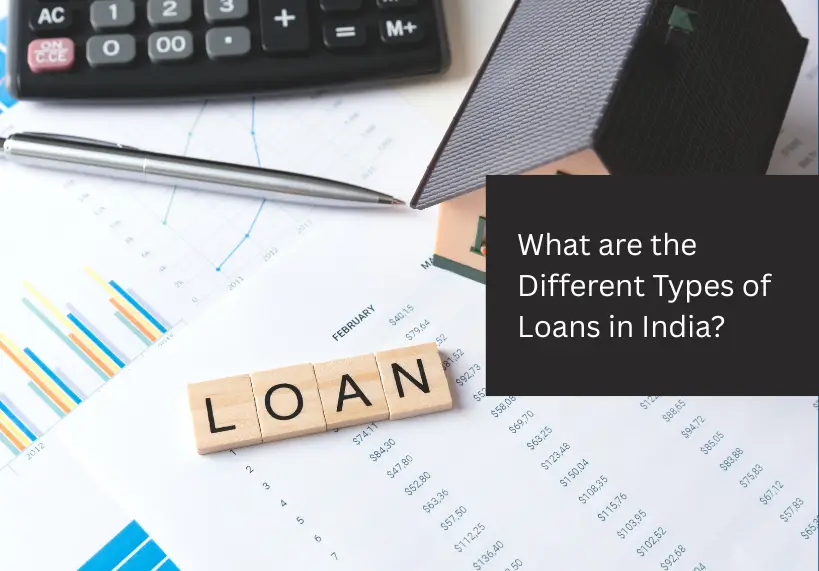
Personal loans usually have a repayment tenure of anywhere between 12 and 60 months or even longer in some cases. However, there may be times when the borrower decides to pay off the loan before the end of this tenure. Commonly referred to as foreclosure, this process involves settling a loan before its maturity date.
The lender, in this case, may lose some interest income that otherwise would have to be paid by the borrower over the original tenure of the loan. To compensate the lender for this loss of interest, sometimes borrowers are required to pay foreclosure charges.
In this article, we will look at what a personal loan foreclosure is, its types, applicable charges, its benefits and more.
What is Personal Loan Foreclosure?
Personal loan foreclosure is the process of paying off the entire loan amount before the end of the loan tenure. This can be done after completing a specific lock-in period, during which the regular monthly installments are paid. While foreclosing a loan may involve certain fees, it can also substantially decrease the total interest paid over the loan’s duration.
Types of Personal Loan Foreclosure
There are two types of personal loan foreclosures. These include:
Lender initiated foreclosure:
The lender can initiate foreclosure when loan repayments are irregular, or the borrower defaults on EMIs. The lender may also send legal notice to the borrower for recovering the outstanding loan amount.
Customer-initiated foreclosure:
A borrower can foreclose a loan to become debt-free. If managed correctly, this decision can prove to be financially sensible.
Personal Loan Foreclosure Process
If you wish to close your personal loan before its maturity date, you can follow these steps:
- Discuss with your lender that you want to foreclose your loan and fill the required forms.
- Provide the necessary documents, including the original loan agreement, identification, and income proof.
- Pay off the remaining loan balance along with any applicable penalties.
- Obtain the acknowledgement of the foreclosure from the lender upon completion of the process.
Foreclosure Charges for Personal Loan
Most loans are repaid through EMIs after you get a loan. Loan foreclosure involves paying off the entire loan amount at once instead of multiple EMIs. You can opt for personal loan foreclosure if you have extra funds and wish to eliminate the EMIs. This allows for a complete repayment of the loan.
LoanTap charges a nominal fee of 4% of the principal outstanding plus applicable taxes if the loan is foreclosed within 6 months of loan disbursal. However, after 6 months, you are not required to pay any foreclosure charges.
Advantages of Foreclosing a Personal Loan
Foreclosing a personal loan can be beneficial in the long run. Below are some of the advantages of a personal loan foreclosure:
Reduced Debt Burden
Personal loan foreclosure is an effective way to reduce your debt burden. By opting for foreclosure, you can use your extra savings or investments to pay off the loan early. This process legally terminates the contract between you and the lender before the end of the loan tenure, freeing you from any remaining loan obligations.
Saves Total Interest
The longer your loan tenure, the more interest you’ll pay over time. By foreclosing early, you can save on the total interest amount.
Enhance your Credit Score
Successfully foreclosing a loan can positively impact your credit score by showing that you are capable of managing and repaying debt responsibly.
RBI Guidelines on Foreclosure Charges on Personal Loan
The RBI guidelines on foreclosure charges for personal loans prohibit lenders from charging this fee on loans with floating interest rates. If you choose to pay off your loan in full before the end of the term, prepayment charges may apply. These foreclosure charges range from 2% to 6% of the remaining loan balance.
Conclusion
While prepaying a loan can lead to significant interest savings, it’s essential to weigh the benefits against potential foreclosure charges. Lenders usually impose these charges to recover the lost income through interest, and the impact of these charges can vary based on loan terms.
Therefore, it is important to review your loan agreement carefully. By understanding the foreclosure charges and their implications, you can strategize your repayment plan effectively. Financial planning is an important process, and deciding when to foreclose a personal loan should align with your overall financial goals and priorities.
Frequently Asked Questions
How is the foreclosure charge calculated?
The foreclosure charge is calculated as a percentage of the remaining loan principal at the time of foreclosure.
What documents are required for loan foreclosure?
You generally need your loan account statement, a foreclosure request form, and identification documents. The documentation requirement may vary as per lender.
Is partial prepayment the same as foreclosure?
No, partial prepayment involves paying off a portion of the loan before the tenure ends, whereas foreclosure means repaying the entire loan amount.
Can I foreclose my loan online?
Some lenders allow online foreclosure through their websites or mobile apps, but this varies by lender.
What happens if I foreclose a personal loan before the lock-in period ends?
Some lenders impose a lock-in period during which you cannot foreclose the loan, while some may have a foreclosure fee
What should I consider before foreclosing my personal loan?
Before making a decision, consider the foreclosure charges, your current financial situation, and the impact on your credit score.








